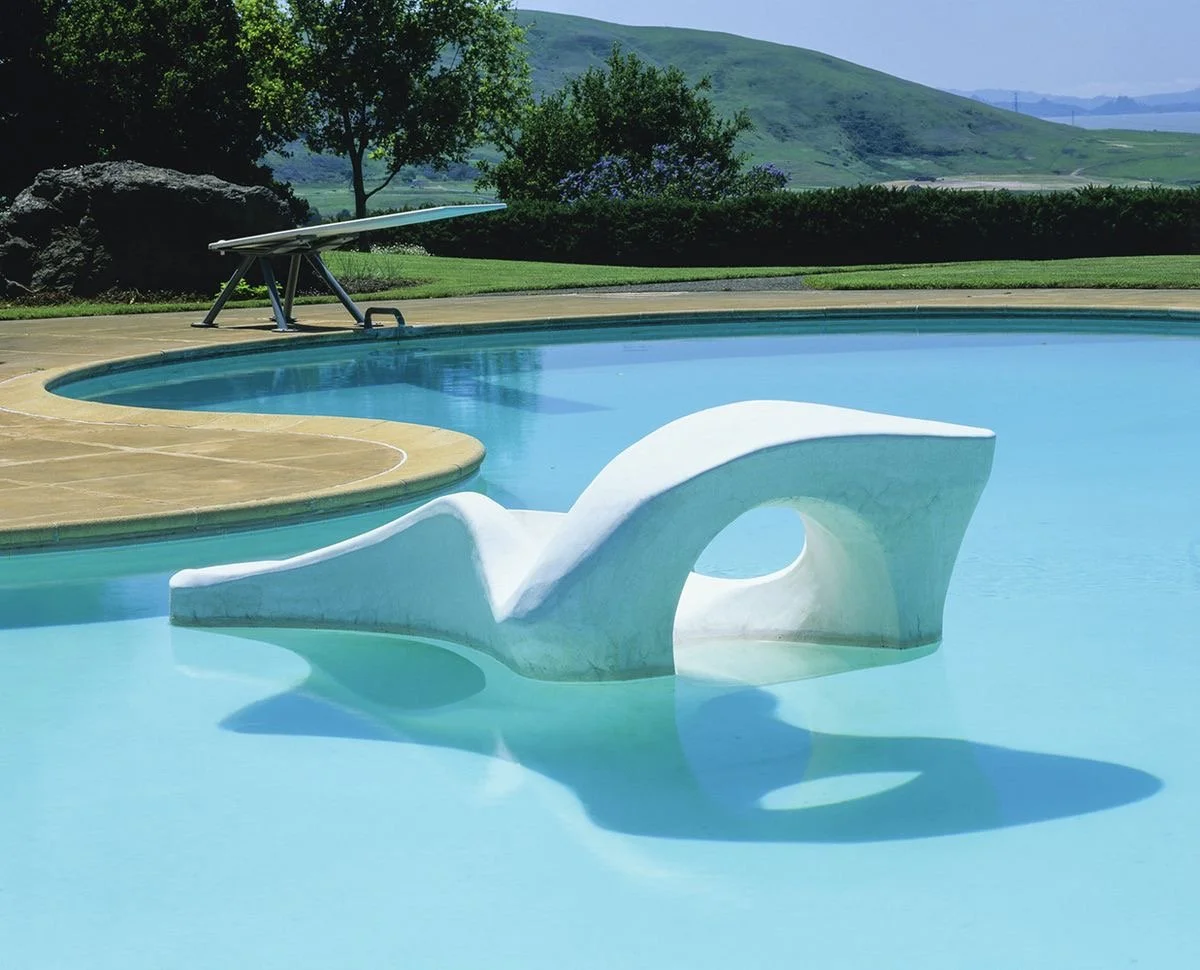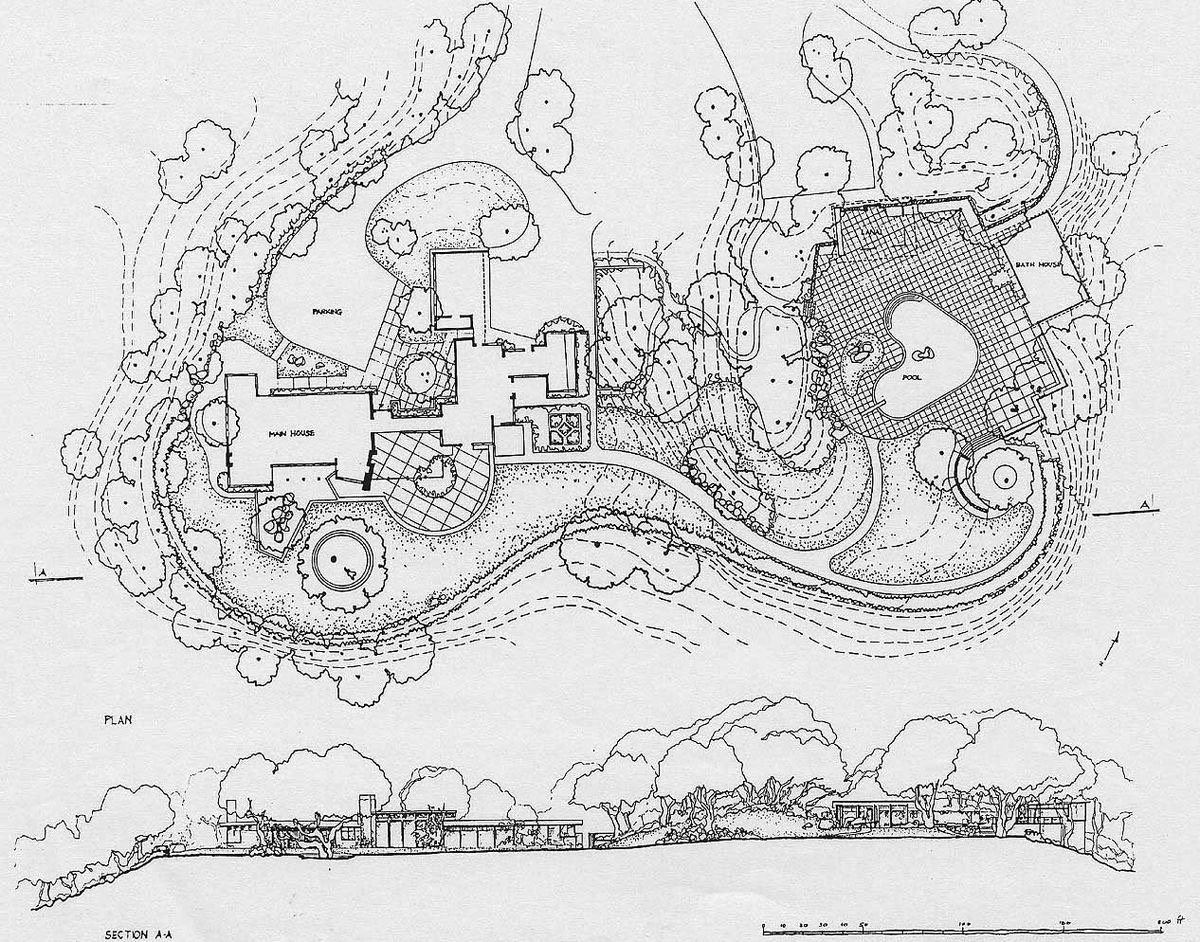Thomas Church: Designing for the People
Growing up in Southern California, Thomas Church traveled extensively, studying Italian and Spanish gardens after graduating from the University of California at Berkeley and the Harvard Graduate School of Design. Creating gardens for clientele on a freelance basis, he originally focused on traditional styles in the 1930s. However, he noticed he could also sustain modern principles that architects were creating around him, thus ignoring traditional styles, like neoclassical, to harness change. Formerly using symmetry, balance, and geometry, Church focused on the employment of line, color, texture, and asymmetry to energize dilated, contained areas.
Designing gardens that were both functional and aesthetic, he earned a reputation for being an ideal collaborator for site plans. He focused on offering advice to homeowners, such as the suggestion to appreciate the property’s natural assets, orienting the plan according to solar and wind exposure, and considering scenic views, topography, and existing vegetation. He was a part of this modern crusade, with notable changes to ways of living, such as service areas for propagating plants and composting weeds, modern driveways opposed to carriage turnarounds, patios for having drinks instead of interior parlors, and the boom of the horticultural industry with nurseries. He stressed the importance of an attractive entry to compliment the hospitality of the rest of the entertainment improvements.
His best-known work is the Donnell Garden in Sonoma. Designed in 1948, he designed this kidney-shaped swimming pool to resemble a biomorphic painting by Jean Arp, and it quickly became an icon of the California modernist garden movement. Modern sculpture became a great inspiration for Church, and he developed these ideas into an organically shaped concrete island in the middle of the pool for swimmers to sunbathe. Stylistically versatile, Church always worked with his clients to tailor their sites to their needs. Over his career, he designed around 4,000 projects and wrote two books, Gardens Are for People (1955) and Your Private World: A Study of Intimate Gardens (1969).
Sources: Landscape Design: A Cultural and Architectural History by Elizabeth Barlow Rogers




